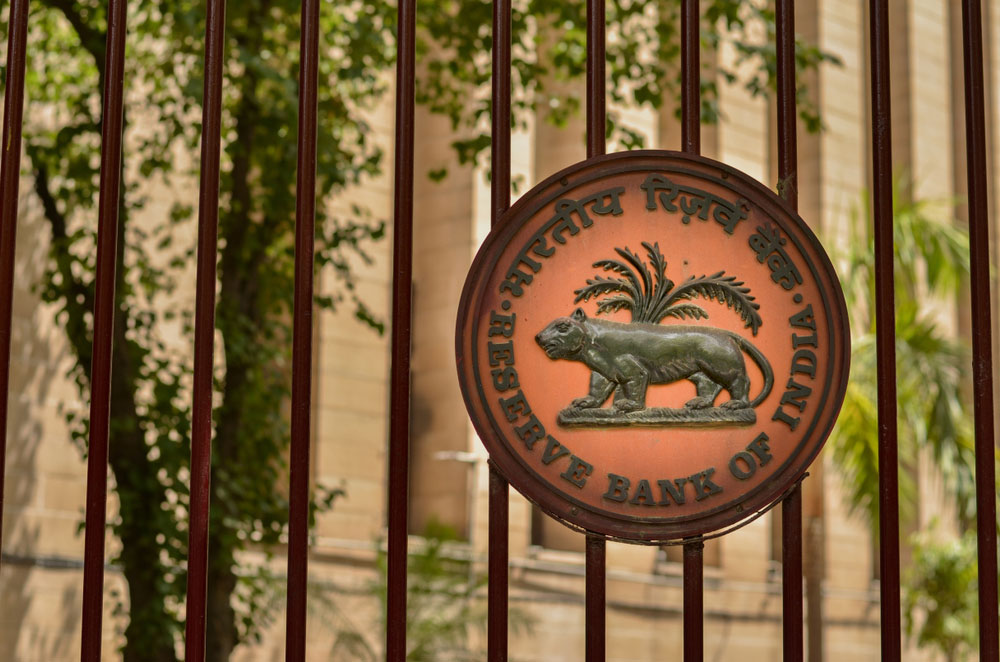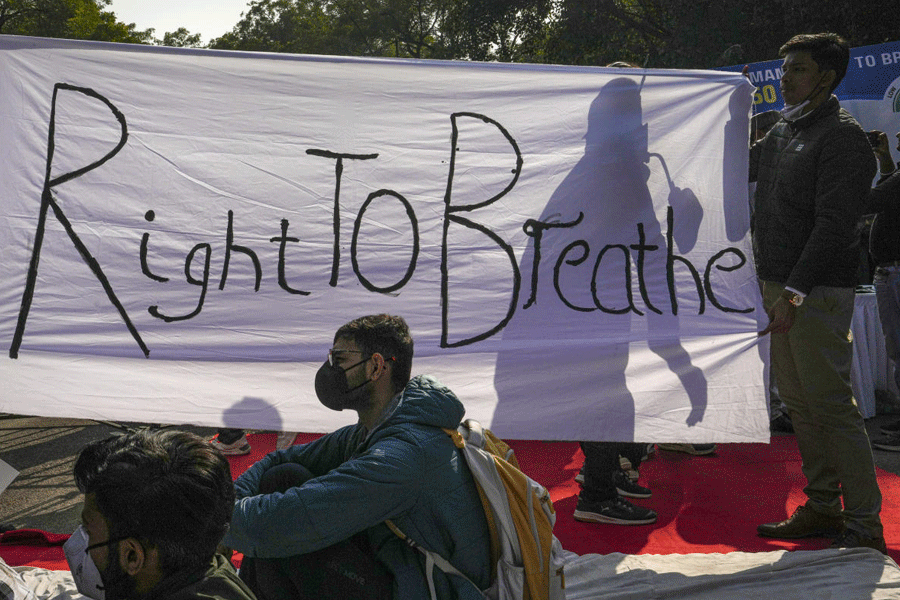The second round of Operation Twist — where the Reserve Bank of India sells short-duration instruments and buys long-dated securities in an effort to wring bond yields — is being read as a sign that the central bank has set in motion the exercise to monetise the government’s fiscal deficit.
The apex bank said it would undertake the simultaneous sale and repurchase of Rs 10,000 crore each of government securities (G-Secs) through a special open market operations (OMO) next Tuesday, but unlike a previous exercise in December, the RBI is selling off very short maturity treasury and cash management bills from its books, which analysts said, is almost like a straight open market operation. Several economists have suggested monetisation of the deficit as a necessary measure to deal with the coronavirus crisis.
The announcement triggered a rally in government bonds, with yields on the benchmark security plummeting 20 basis points. The special OMO of simultaneous purchase and sale of G-Secs will be done using the multiple price auction method.
“On a review of current and evolving liquidity and market conditions, the Reserve Bank has decided to conduct simultaneous purchase and sale of government securities under OMO for Rs 10,000 crore each on April 27, 2020,” it said.
This is not the first time the RBI is resorting to Operation Twist. In December 2019, it had announced the purchase of bonds maturing in 2029 and the sale of short-term bonds.
There are some changes, though.
According to Suyash Choudhary, head – fixed income, IDFC AMC, the big difference this time is that while it is buying dated government bonds ranging between 2026 to 2030 maturities, it is selling off very short maturity treasury and cash management bills from its books.
Choudhary considered this is as almost an outright open market operation (OMO) purchase of bonds and the monetisation of the fiscal deficit may have thus started. “The RBI had significantly raised short term financing to the government. Thus with a substantially higher treasury bill issuance programme and a significantly enhanced ways and means advances (WMA) limit, the RBI has assured around 2.5 per cent of GDP as short term financing to the government…With the newly announced twist, the RBI is now converting its very short term assets into longer dated bonds in its balance sheet. Thus, the RBI seems to have used this two step process instead of a direct private placement of part of the government’s borrowing programme with itself,” Choudhary said in a note.
Monetisation of deficit happens when the RBI directly buys government securities from the primary market and in turn prints more money. Of late, several economists have called for such a step .
However, others point out that Thursday’s announcement was meant to soften yields and help the monetary policy transmission. They pointed out that despite various measures announced by the central bank, yields have remained firm because of fears of more market borrowing from the government amid continued sales by foreign portfolio investors.
Today’s announcement led to yields (which are inversely related to prices) on the benchmark 10 year security falling to 6.02 per cent in intra-day trades a drop of around 20 basis points from the previous close. It later settled at 6.05 per cent.










